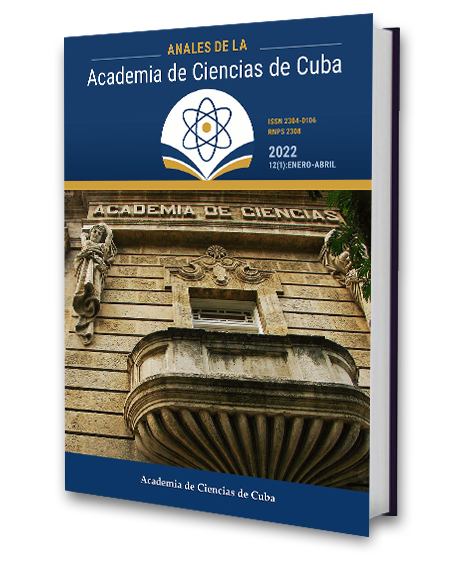Inequalities and social policies. Inter-sectional analysis of the Cuban context 2008-2018
Keywords:
Inequalities, social policies, inter-sectionality,Abstract
Introduction. The study of inequalities and their relationship with policies during the decade 2008-2018 is located in the context of the process of updating of the Cuban economic and social model. It is assumed the relational, multidimensional, contextualized and complex character of inequalities, from an inter and transdisciplinary perspective. Methods. It was used a mixed research approach with triangulation design, the sources were obtained from the systematization of 366 researches, statistics, documents and official reports corresponding to the period. Eleven databases were built for the qualitative-quantitative analysis of equity dimensions, one for inter-sectional analysis and another for the relationship between policies and equity, using Excel and SPSS version 20.0. The inter-sectional analysis of inequalities is carried out and integrated and inter-sectoral approaches to address multiple inequalities are proposed. Results. The diagnosis of existing social inequalities and inequities in different dimensions - gender, skin color, age, social class, disability, territory, rurality - and areas - economic, housing/habitat, social and cultural participation -, the intersections between them, advantageous and disadvantageous positions, the effects of policies on inequalities, and policies to promote equity and social justice from an inter-sectional approach. Conclusions: The study provides a novel perspective on inequalities and the policies that affect them, and a vision of the population sectors, with a universalism approach that is more sensitive to differences, which is especially important for managing emergency situations, such as the impact of COVID-19.Downloads
Published
How to Cite
Issue
Section
License
The journal Anales de la Academia de Ciencias de Cuba protects copyright, and operates with a Creative Commons License 4.0 (Creative Commons Attribution-NonCommercial License 4.0). By publishing in it, authors allow themselves to copy, reproduce, distribute, publicly communicate their work and generate derivative works, as long as the original author is cited and acknowledged. They do not allow, however, the use of the original work for commercial or lucrative purposes.
The authors authorize the publication of their writings, retaining the authorship rights, and assigning and transferring to the magazine all the rights protected by the intellectual property laws that govern in Cuba, which imply editing to disseminate the work.
Authors may establish additional agreements for the non-exclusive distribution of the version of the work published in the journal (for example, placing it in an institutional repository or publishing it in a book), with recognition of having been first published in this journal.
To learn more, see https://creativecommons.org






